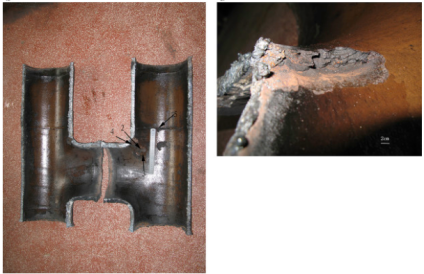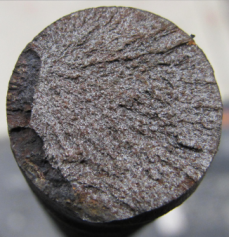 Comprenez les causes des défaillances de vos engrenages et roulements pour mieux les éviter. Mettez en œuvre des actions correctives appropriées en utilisant une démarche structurée d’analyse de défaillance. Une formation du Cetim à ne pas manquer en 2017 :du 12/09/2017 au 13/09/2017 à Senlis et du 16/11/2017 au 17/11/2017 à Mulhouse.
Comprenez les causes des défaillances de vos engrenages et roulements pour mieux les éviter. Mettez en œuvre des actions correctives appropriées en utilisant une démarche structurée d’analyse de défaillance. Une formation du Cetim à ne pas manquer en 2017 :du 12/09/2017 au 13/09/2017 à Senlis et du 16/11/2017 au 17/11/2017 à Mulhouse.
À l’issue de la formation, les participants pourront :
- identifier les différents aspects des dentures et roulements des transmissions par engrenages en service ;
- expliquer les mécanismes d’endommagement et identifier les causes des défaillances ;
- proposer les actions correctives appropriées ;
- échanger avec les experts du domaine.




 Étanchéité, nettoyabilité, endurance… Les nouveaux joints sélectionnés par Serac pour l’étanchéité dynamique de haut de cuve alimentaire durent huit à dix fois plus longtemps. Quant aux coûts, ils sont divisés par deux.
Étanchéité, nettoyabilité, endurance… Les nouveaux joints sélectionnés par Serac pour l’étanchéité dynamique de haut de cuve alimentaire durent huit à dix fois plus longtemps. Quant aux coûts, ils sont divisés par deux.